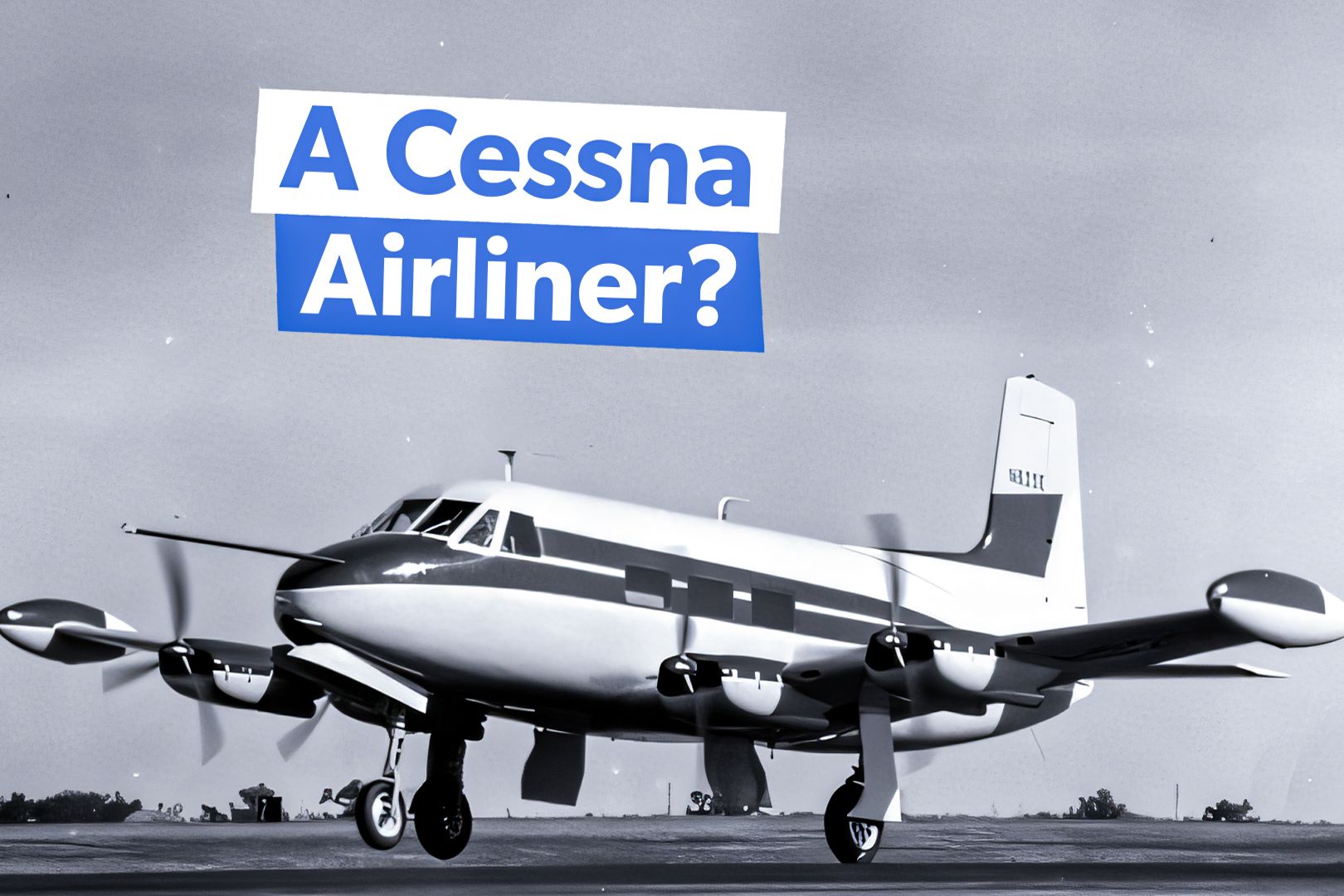Summary Cessna developed aircraft like the Skymaster and 172 Skyhawk which are still produced today. The Cessna 620, with a pressurized cabin and four engines, was canceled in 1957 due to upcoming competition. Cessna’s focus on business jets after the 620 project was canceled resulted in the popular Citation series.
Cessna is one of the largest aircraft manufacturers in the world. The Wichita, Kansas-based company has developed some of the most famous trainer aircraft, as well as developed a popular line of business jets. Clyde Cessna first founded Cessna Aircraft Company in 1927.

The company began by developing light single-engine aircraft, although the first successful aircraft it created, the DC-6, was certified on the same day of the stock market crash in 1929. This led to Cessna eventually closing its doors due to declining aviation sales due to the Great Depression. Cessna was founded in 1927.
However, in the early 1930s, Clyde's two nephews, Dwane and Dwight Wallace, revived the company. The two brothers restarted the company with the introduction of the Cessna C-37, also known later as the Cessna Skymaster. Cessna also received several contracts for military aircraft during World War II.
The company saw great success in the general aviation boom that came after World War II. This led to the development of the Cessna 172 Skyhawk , the most produced civil aviation aircraft of all time, the Cessna 182 Skylane, and the Cessna 206 Stationair, all of which are still produced today. Cessna also entered the business jet market with the introduction of the Citation I in the early 1970s.
This led to the creation of the Citation series of aircraft , one of the most popular lines of private jets of all time, which includes: Citation Mustang Citation CitationJet (CJ) series Citation Excel series Citation Latitude Citation X Citation Longitude However, Cessna has always been known for its piston-engine-powered aircraft. Even so, one of the lesser known piston-powered aircraft is almost unknown today. This aircraft, called the Cessna 620, was one of the largest Cessna aircraft at the time and was to be used as a regional airliner or executive aircraft .
However, this aircraft project never fully developed, and the project was shut down after just one prototype was built. Let's take a closer look at the unique Cessna 620 project, and also why it was canceled. History of the Cessna 620 The initial concept of the Cessna 620 was somewhat based off the successful Cessna 310 , a twin-engine propeller aircraft.
The name Cessna 620 was assigned because it was twice the size of the Cessna 310. However, Cessna wanted to tap into a market that it previously had not entered, which was the larger business or executive transport. This led to the development of the Cessna 620 corporate aircraft in the early 1950s.
Cessna developed the Cessna 620 with a pressurized cabin, four engines, and the capacity to fit ten passengers. It was officially announced in September 1953. A prototype was then developed in the following years.
The resulting aircraft was essentially a slightly smaller regional airliner, and Cessna decided to focus on the Cessna 620 in the executive aircraft industry. The first and only prototype conducted its maiden flight in August 1956. The test pilots were initially satisfied with its performance, and they specifically mentioned its spacious interior, good short field take off and landing performance, and that it felt relatively powerful for its size.
However, Cessna slowed the development process in the late 1950s. Jet powered airliners were slowly entering the regional airliner market, and a secondary market analysis identified that many airlines would switch from their previously used turboprop aircraft to the new jet powered airliners. This means that regional airliners would drop into the business aircraft industry.
Some of these turboprop competitors include: de Havilland Heron de Havilland Dove Handley Page Dart Herald Douglas DC-7 The Cessna 620 was smaller and less powerful than many turboprop-powered regional airliners. Therefore, Cessna officially canceled the project in October 1957. The single prototype was eventually sold for scrap.
Design features of the Cessna 620 The most notable feature of the Cessna 620 was the spacious interior. It could fit eight to ten passengers, and it had an interior with a six-foot wide cabin. The aircraft was also powered by four large Continental GSO-526-A piston engines.
These each provided the aircraft with approximately 350 horsepower. This helped the aircraft reach the following specifications: Maximum takeoff weight (MTOW) 13,500 pounds Maximum speed 245 knots (282 miles per hour) Fuel capacity 535 gallons Range 1,700 miles Service ceiling 27,500 feet What came after the Cessna 620? Many believe that the Cessna 620 was simply conceptualized too late. The business jet industry was just a few years away, with the introduction of the Learjet 23 rivaling the Cessna 620's purchase price.
Many would have simply chosen the jet-powered aircraft or instead opted for a second-hand turboprop aircraft. The market analysis conducted by Cessna proved to be right, as many jet-powered airliners entered the market shortly after, including the Boeing 707 and the Douglas DC-8. The Cessna 620 would have had to compete with other piston airliners like the Martin 404, the Convair 240, and even the Saab 90 Scandia.
However, even after Cessna scrapped the Cessna 620 project, the Wichita, Kansas-based company still had its sights set on the business aviation market. This would eventually lead to the creation of the Cessna Citation I, and the kick-off of the Citation business jet series. The Citation series has been ultimately successful for Cessna, as it has become the most-flown family of aircraft in the world, giving Cessna a fair share of the business aviation market.
.



















